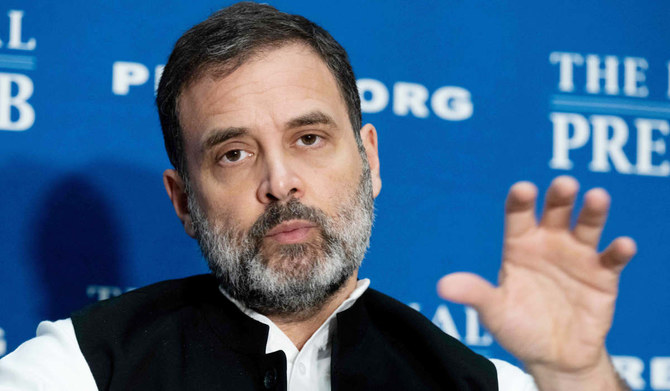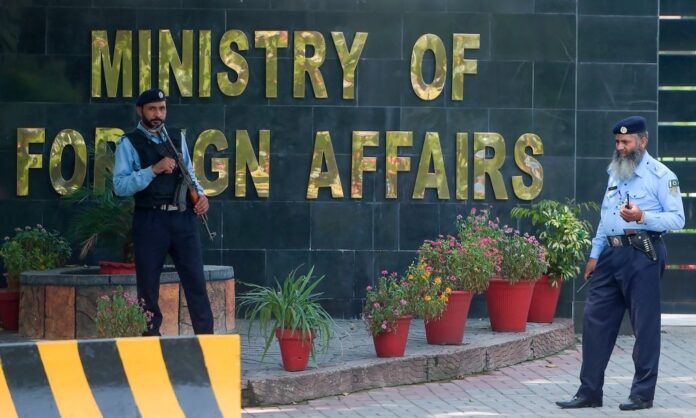
For years, whenever observers lamented the decline of press freedom in India, especially in its broadcast media, the country’s defenders could point to a welcome exception. New Delhi Television Ltd (NDTV), a news channel with national reach, has long been a stalwart voice of independent journalism. Should viewers need to hear facts and opinions reported other than those sanctioned by the national government, at least one channel would willingly air them.
NDTV considered to be an independent news channel in India will no longer be able to retain its impartiality as the Adani Group, owned by Gautam Adani, a friend of PM Modi, is set to get the NDTV’s ownership rights.
The resignation of one of India’s most popular TV journalists Ravish Kumar from a NDTV network recently has sparked concerns over press freedom in the country. “Those who are spending lacs of money on studies to become journalists, they will be forced to work as brokers,” Kumar said in a video message he posted after his resignation on YouTube.
He said, “And those who are working as journalists at present, they all have to suffer. Some are feeling exhausted and many are leaving the profession. Many say that apart from being compelled to a job, there is no passion left for being a journalist.” After Kumar quit NDTV, hashtag #RIPNDTV began trending on Twitter.
Geeta Seshu, co-founder of the Free Speech Collective independent organisation, said, the diversity and plurality of news and opinions have already been seriously compromised in Indian media. “The resignations [of Kumar and the Roys] only indicate how the space for independent opinion has shrunk further,” Seshu said. “For a democracy, this is a very alarming situation”. Kumar frequently called out his competitors during his shows, accusing them of defending the government and peddling Hindu-Muslim hatred. He even coined a name for them: “godi media” (godi in Hindi means a lap). India has been listed under countries considered “bad” for journalism and is amongst the most dangerous places in the world for journalists.
According to Reporters Without Borders report, BJP supporters and Hindutva ideology have created an environment of intimidation for journalists who are critical of the government by labelling them as “anti-national” or “anti-state”. In 2022, India ranked 150th among 180 countries in the Press Freedom Index published by Reporters Without Borders.
As per UNESCO observatory, nearly 45 journalists were killed in India between 2010 to 2022. The attack on journalists and media practitioners has become an everyday reality in India. Weak legal frameworks, lack of proactive measures from the government, and the nexus between politics, religion and business fuel these incidents. The condition of the press in India is more often attributed to the vulnerabilities of Indian democracy and the attitude of the political leadership.
Please visit our website London Institute of Peace Research for latest peace news


